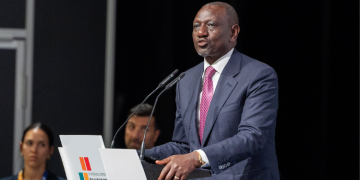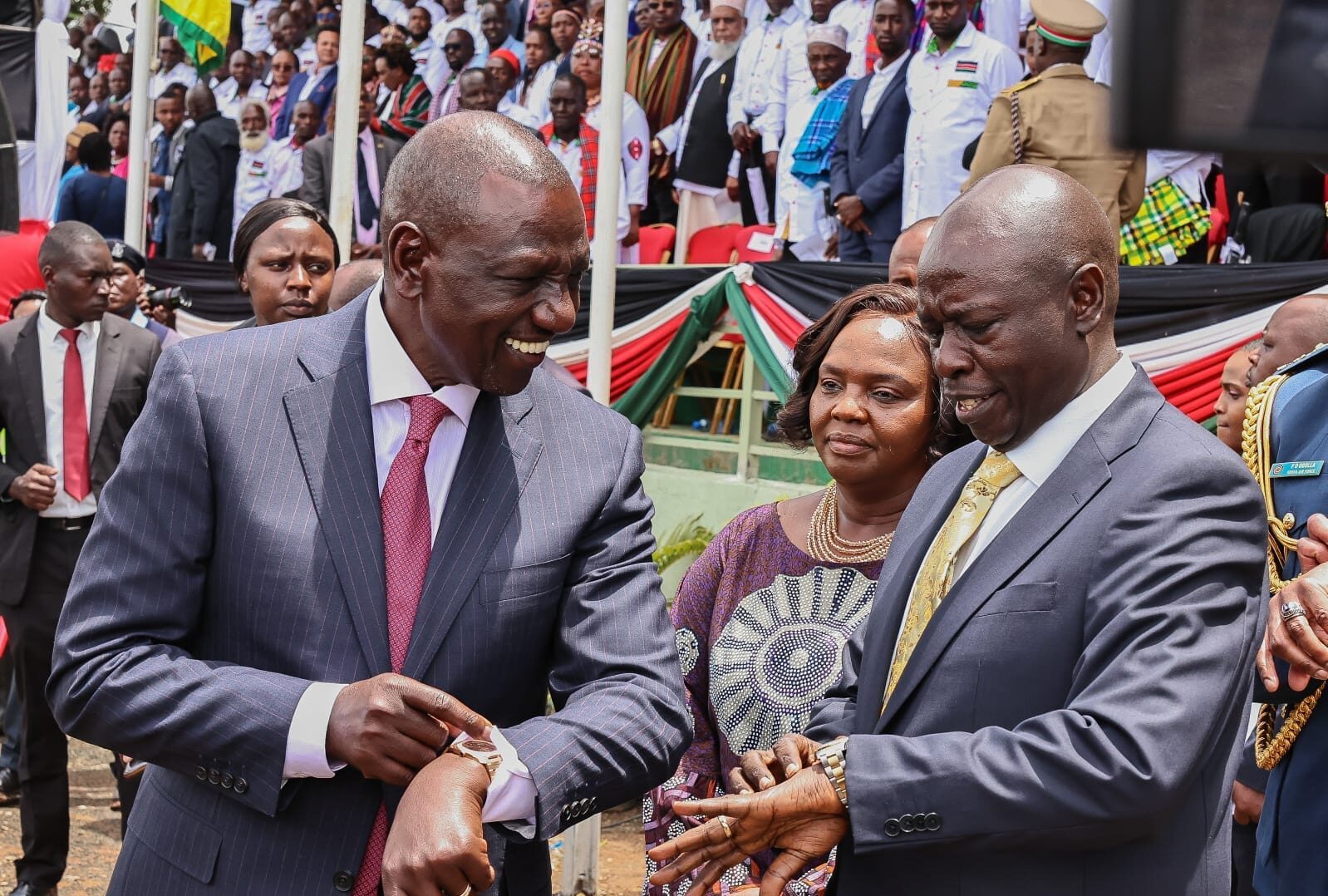The Kenyan shilling has increasingly depreciated against the U.S dollar. As a global currency, the U.S. dollar is always in demand because of its value for trading purposes. It therefore often dictates the strength of other currencies that are used across the world.
Looking back 10 years, the average exchange rate of KES to the dollar was 85 KES. In April 2023, the average was 134.395 (USD/KES), compared with 129.736 USD/KES in the previous month. In April 2022, the average was 115 USD/KES
What does this mean?
Kenyans are now having to spend about 37% more shillings than they would have had to spend 10 years ago to buy the same amount of dollars. Bringing this much closer, Kenyans are having to spend 15% more shillings than they had to spend around the same time last year.
In addition, any money that was not invested a year ago has also lost its value by 15%. Therefore, if you had KES 1,000,000 a year ago and you didn’t invest it, it will currently be worth around KES 850,000 today.
What is causing the currency depreciation?
The loss in the value of KES over the years can be traced to interest rate hikes by the federal reserve bank of the United States, causing the US dollar to rise in value, increased dollar demand for oil retailers, general importers of goods and policy changes and economic reports that continue to dampen the investment outlook in Kenya – since investors make decisions based on projected outlook. The perceived aggressive taxation policy in Kenya does it help. It tends to push investors to begin selling their interests locally to fund capital deployment in other markets.
Effects of Currency Depreciation in Kenya
So – what are some of the effects of the depreciating Kenya Shilling to the dollar? Here are a few.
- Increased cost of imports: The weakening shilling will make it more expensive for Kenyans to import goods and services, which will drive up prices for consumers. This will especially impact households that rely on imported goods, such as food and electronics. For example, if a Kenyan imports a laptop that costs $1,000, they will now have to pay 136,020 shillings (at the current exchange rate), instead of 106,540 shillings. This means that they will have less money left over to spend on other things, such as food, rent, and transportation.
- Reduced purchasing power: The weaker shilling will also reduce the purchasing power of Kenyans’ paychecks. This means that they will be able to buy less with their money, which will lead to a decline in consumer spending.
- Increased government debt: The government’s debt is denominated in US dollars, so a weaker shilling will make it more expensive for the government to repay its debt. This is already leading to higher taxes and cuts in government spending.
Reduced quality of government services: The government may be forced to cut back on spending on essential services. This is because the government imports many goods and services, such as fuel, medicine, and equipment. As the shilling depreciates, the government will have to pay more shillings for these imports, which will put a strain on its currently stretched budget.
Also Read: Finance Bill 2023: The Pros and Cons of Proposed Amendments
These are some of the direct effects. Indirect effects to the Kenyan economy might include loss of jobs in industries that depends on exports, and in the public sector. It could also make it more difficult for businesses to attract foreign investment.
The depreciating shilling value against the dollar is serious and will have a significant impact on the economy and the lives of ordinary Kenyans.
What can the mwananchi do?
If you can – hold some of your personal finances in USD-denominated asserts. This helps support a diversified portfolio and reduces some of the risk with the Kenya shilling.
What must the government do?
The government must look for ways to increase exports and attract foreign investment. Hon Moses Kuria – The CS for Trade and Industry made the following statement in March 2023 – “We set up a goal to increase Foreign Direct Investments from US $ 500 Million to US $ 10 Billion by December 2023. From the current GCC Investment Roadshow this week it’s clear we will hit that target much earlier than that”. This is clearly the right direction to stabilize Kenya’s economy.
In addition, where required, enact government policies conducive to stabilizing the Kenyan economy. For example, Hon. Moses Kuria is seeking to amend the current regulation clause under Companies Act 2015; requiring all foreign investments in Kenya to be 30% locally owned, as this is considered by foreign investors punitive and redundant.
Ultimately though, the global economic environment will also play a key role in determine the future of the Kenyan economy. Kenya is currently classified as a frontier market and risks being downgraded to standalone market, the lowest classification characterized by hostile investment climate and polices that makes accessibility of the market impossible.
The current EAC proposed plan to adopt local currencies in cross-border trade.
Is this a good plan? Will it cushion the hurting Kenyan economy and others in the region? This de-dollarization push to adopt the Pan-African Payments and Settlement System (PAPSS) launched in January 2022 and developed by the Africa Export-Import Bank (Afreximbank) is a key policy shift that if adopted could begin to have positive impact on the Kenyan economy and regional economies.










































































